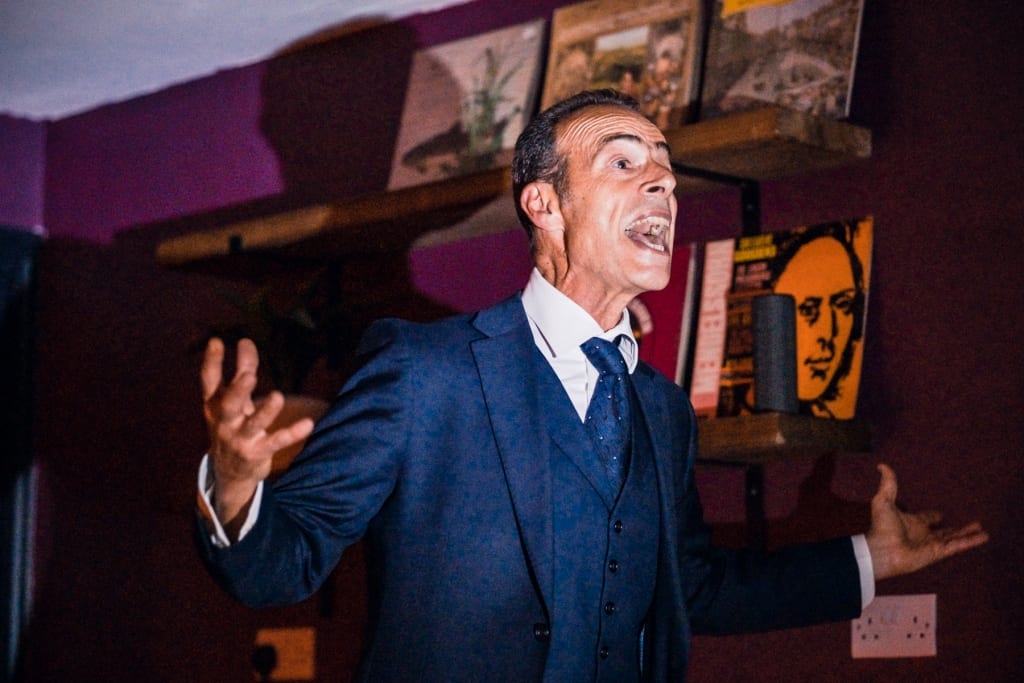Federica Nardacci’s monologue brings to life the thoughts and feelings of Maria Callas’s butler, Ferruccio Mezzadri. Through a stream-of-consciousness, the loyal butler recounts his 20-year service to one of the world’s greatest divas. This energetic dialogue bounces to and from his flashbacks, memories, and encounters with all those involved with Callas, such as the renowned Aristotle Onasis and Pier Paolo Pasolini, who had placed her at the forefront of his cinematic composition of Medea.
Despite being a monologue, the script animates a number of different voices, including Callas’s own, which the writer, also a musician and musicologist, has cleverly constructed from her primary research, including from the star’s correspondence. Above all, Nardacci’s work is largely inspired by the interviews she carried out with the butler himself in Piacenza, as well as with Callas’s pianist, the Scottish-based Robert Sutherland, who accompanied the prima donna during her last opera tour in 1974 – after which she stopped singing. Nardacci’s first-hand knowledge therefore enables her to produce a deeply personal account of the diva, depicting her life both on and off stage.

Nardacci is not only the creative writer of this rich and fascinating script, she is also the translator. This production was initially written in Italian for the Italian Cultural Institute in Singapore in 2016 to commemorate the 40th anniversary of Callas’s death the following year, and the English translation premièred at the Grange Park Opera in 2018. Despite being translated into English, the Italian essence of the drama is retained in the performance not just through the use of opera, which is played in key moments of the show, but also through the actor, Marco Gambino, who skilfully switches in and out of his mother-tongue Italian, without ever leaving the audience lost in translation: a mutli-lingual technical that blends in perfectly with this international play.
The eclectic use of music, performed by Claudio Di Meo on the keyboard, ranges from opera, to classical music, to the more contemporary “Ne me quitte pas” and “New York, New York”. This addition of music turns the script into a kind of forma sonata: exposition, development, and recapitulation, a structure that melodically complements the slides on the rear wall based on Callas’s life.
As for the actor, who is directed by Sophie Aldred, Gambino’s code-switching, from one language to another in an instant, together with his innate ability to voice all the different voices in the script, encapsulates the genius of his art. Standing tall in the atmospheric surrounding Fidelio café, among the candle-lights and sharp spot-light, Gambino metamorphoses himself into Mezzadri, intimately expressing the butler’s emotional account of his time with Callas. Gambino’s facial expressions as he recounts the shock of the diva’s passing is one which captures the true devotion of a man, very much attached to his Signora. If Callas as a child felt loved only when she sang, here is a portrait of a man who loved her unconditionally, just like a father. And it is Gambino, and his strong production team, who finally give voice to this largely ‘voice-less’ figure in the history of Callas’s life.

